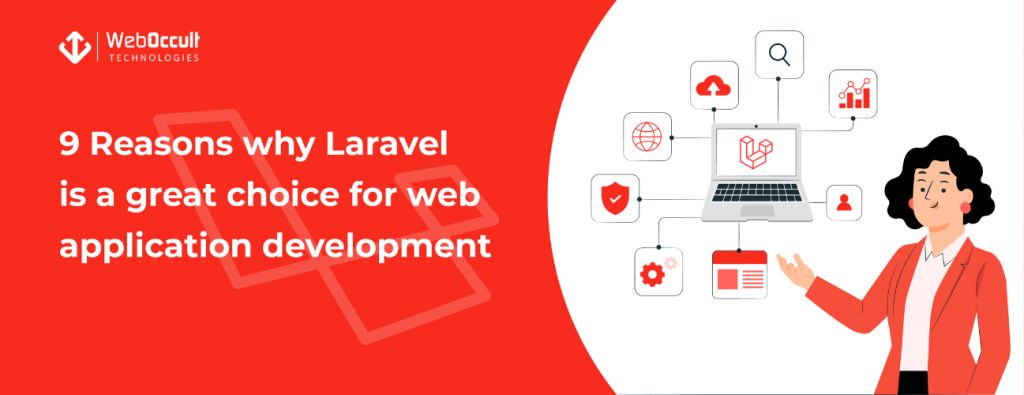
AI Trends 2022: Top 12 predictions to watch

Author
Ruchir Kakkad
Date
31 Jan 2022
Time
10 min read
Category
AI/ML

The top AI trends in 2022 offer an excellent overview of the technological innovations businesses will face in the coming months. Indeed, in recent years, AI has been at the origin of essential developments in modern organizations. But what does this technology have in store for us in 2022? The answer is in our file.
According to Sundar Pichai, CEO of Google, Artificial Intelligence (AI) is ” the most profound technology that humanity will ever develop or manipulate.” AI and machine learning (ML) techniques bring about a major technological transformation and breakthrough in various business sectors.
In 2022, advances in AI/ML will reach new heights and push further the limits already gone so far. According to the opinion of several experts, here are the 12 main AI trends to watch in 2022.
Contents
- AI hybrid models
- More massive AI models
- No-code AI models
- Cybersecurity and artificial intelligence
- natural language processing
- Unsupervised machine learning
- Full-stack deep learning
- Machine learning and embedded systems
- Operationalizing machine learning
- AI at the service of hyperautomation
- A more eco-responsible artificial intelligence
- A more skilled workforce
AI hybrid models
The following 12 months of 2022 will see the appearance of new AI hybrid models, and these models will harness the combined strengths of symbolic AI and deep learning.
As a reminder, symbolic AI is several decades-old disciplines. It makes it possible to reproduce human reasoning through the enumeration of a set of rules or symbols. These rules, submitted to the computer, will allow the creation of expert systems.
In the months to come, these hybrid models will therefore make it possible to obtain algorithms capable of acquiring knowledge by themselves. Therefore, these models will be able to make more efficient decisions because they take human expertise into account.
More massive AI models
Machine learning models will continue to increase in size in 2022. Indeed, the larger the volume of data processed, the more accurate the analysis performed by the algorithm will be, and the resulting decisions will therefore be more reasonable.
On the other hand, large models are usually equipped with impressive parameters. The most significant models available in 2021 can contain up to 1.6 trillion parameters!
These supermassive models make it possible to design systems capable of understanding human language and its subtleties (sarcasm, irony, etc.). These algorithms can also write articles, perform translations, and even write entire computer code.
By 2022, AI will achieve similar performance in vision or image recognition. Therefore, we can expect the appearance of exceptional application cases in the months to come.
No-code AI models
With the shortage of ML specialists, creating AI systems with little or no code is gaining popularity. The use of these new systems will tend to become widespread in 2022, and this is to meet the growing demand for AI-related services at the business level.
Indeed, low-code or no-code AI allows developers to create complex systems that reuse off-the-shelf modules. The system’s design is a simple drag and drops through a very intuitive interface. It, therefore, does not require any particular expertise in machine learning.
Quick and straightforward to implement, no-code and low-code AI systems make it possible to democratize artificial intelligence at the enterprise level. They also offer small structures the opportunity to compete against larger competitors. And this, without necessarily having a team of AI specialists.
Cybersecurity and artificial intelligence
Cybersecurity is one of the hottest areas in 2022. Faced with an ever-increasing online presence and due to the almost permanent incursion of connected devices into our daily lives, the attack surfaces are constantly expanding.
In 2022, AI/ML tools will play a role in the fight against cybercrime. These tools can help companies react 60 times faster to cyberattacks, according to IBM.
Indeed, AI can help companies detect and document suspicious activity. Companies will put in place more effective responses to protect customer data against intrusions.
Natural language processing
Natural language processing (NLP) is one of the areas of artificial intelligence that has made the most progress over the past three years. More and more AI-based devices, such as Siri, Cortana, or Alexa, can interpret human language and perform different tasks such as translation or voice recognition.
The year 2022 promises notable developments in the field of NLP. The upcoming release of Open-AI’s GPT-3 model will create a revolution in the coming months. This model is indeed considered the most advanced NLP model in the world.
According to some rumours, Open-AI is already developing the successor to GPT-3. The latter, called GPT-4, is 500 times larger than its predecessor and will enable performance to be achieved until now. The GPT-4 model is so powerful that it could converse with a human and even develop a new language.
Unsupervised machine learning
Most current ML algorithms require training with data previously labelled by a human actor to work correctly, called supervised learning. On the other hand, unsupervised learning techniques do not require any human intervention to identify similarities in the data.
In 2022, unsupervised learning techniques will be improved and applied to a broader range of use cases. The AI/ML algorithms encountered at the enterprise level will then be more autonomous and require less interaction with users.
Full-stack deep learning
Full-stack deep learning is a trend that results in the creation of frameworks and libraries to help engineers when integrating ML models into existing infrastructure (back-end, cloud, mobile, etc. ).
In 2022, the demand for full-stack deep learning will constantly increase, and this evolution will be caused mainly by the widespread diffusion of ML-based products at the enterprise level. Indeed, full-stack deep learning allows companies to be more responsive to changes in the business market.
Machine learning and embedded systems
The use of very small-scale machine learning models, or TinyML, is among the AI trends to watch in 2022. This field of application of artificial intelligence indeed enables the execution of ML algorithms on IoT devices with embedded systems or microcontrollers.
Therefore, the TinyML approach makes it possible to make small connected objects intelligent. It also has several advantages, to name only the reduction of energy consumption or better protection of user confidentiality.
The fields of application of TinyML can relate to industrial maintenance, the health sector, agriculture, or the preservation of aquatic life.
Operationalizing machine learning
MLOps or Machine Learning Operations is a methodology that defines a framework for the rapid integration, deployment, and maintenance of ML models. It is a collaborative and iterative process that treats ML models as reusable components.
MLOps allows better management of the design of large-scale AI systems by engineering teams. Additionally, it frames how these teams communicate and ensures consistency and reliability when developing machine learning solutions.
According to a report by Neuromation, the MLOps market will register an increasing interest in 2022 and the years to come. This market will grow from approximately $23.2 billion in 2019 to $126 billion in 2025.
AI at the service of hyperautomation
According to Gartner, hyper-automation will be one of the top 12 technology trends in 2022.
Hyperautomation is an approach that allows companies to automate all repetitive tasks that require human intervention. With the help of AI and RPA (robotic automation), this approach will optimize undocumented processes that rely on unstructured data inputs.
On the other hand, hyper-automation enables the creation of a digital workforce that can connect to business applications, process the data stored there, and identify new automation opportunities.
Eventually, in the months to come, hyper-automation will enable the creation of a digital twin of an organization. This digital twin will help decision-makers identify the interconnections between processes, functions, and key performance indicators.
A more eco-responsible artificial intelligence
In the current context of climate change, the issue of the environmental impact of AI systems will be at the centre of discussions in 2022.
In fact, according to experts, data centres will produce 15% of global CO2 emissions in 2040. Training a natural language translation model emits the CO2 equivalent of four vehicles personnel throughout their life cycle.
To limit the carbon footprint of AI/ML models, we should see the design of more eco-responsible and more miniature energy-intensive models in the coming months . These models will a priori be simpler but just as efficient as the current complex models.
A more skilled workforce
AI regularly raises concerns about the obsolescence of humans in the face of ever more intelligent machines. However, we realize that as AI/ML techniques are applied in companies, the capacities of employees are often improved.
Indeed, in marketing, AI makes it possible to select the prospects on which the company must focus its efforts. AI/ML models predict failures and plan maintenance interventions in manufacturing production.
One thing is sure. However, AI-based tools are there to help companies work more efficiently. These tools improve employees’ skills and better understand complex problems in a professional context.
You Might Also Like
When it comes to web development, PHP frameworks are the utilized solutions. Despite the fact that there are other PHP frameworks. Symfony and Laravel are the best options. They’re popular for a multitude of reasons, including their great code, which allows developers to create incredible applications. Create a web application to bring your brand’s identity […]
Technology has improved leaps and bounds. What used to be a dream a couple of years ago is a reality. This is because people are continuously looking for new things. They want to evolve and make things better for themselves and the world at large. In recent times, we’ve seen a 360° transformation in how […]
Laravel has been noted as one of the best framework options to develop a web application, and rightfully so. As per the official website, the web development framework is an open-source PHP web application framework. The syntax is especially simple and easy. It works on MVC (model-view-controller), an architectural pattern to separate the model, the […]
Let’s Build The Future
Have An Idea? Work With Us And See How It Goes. We Promise To Go The Extra Mile For Every Project That We Take Onboard.



